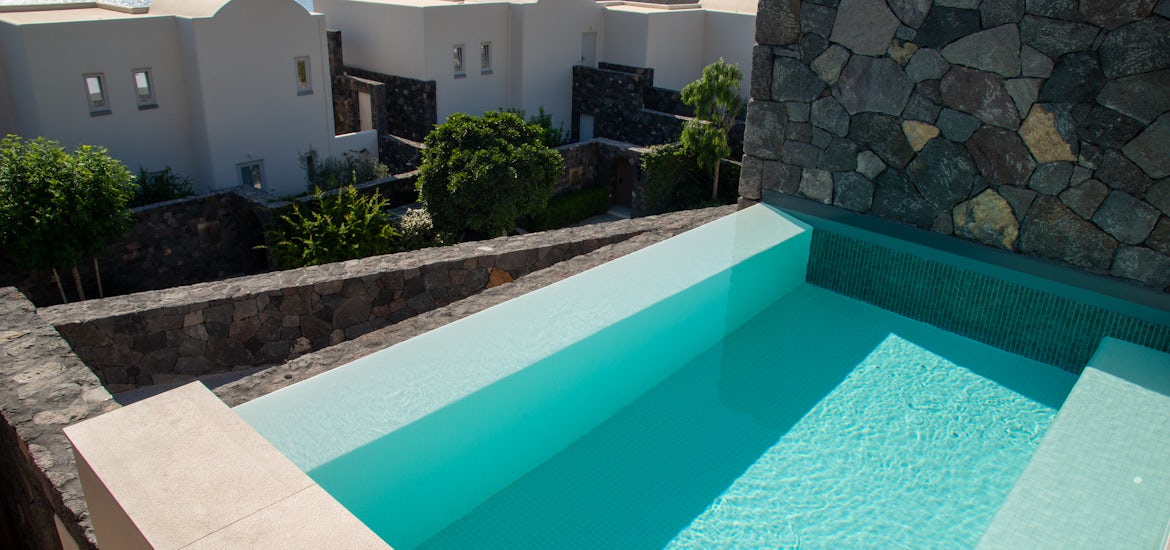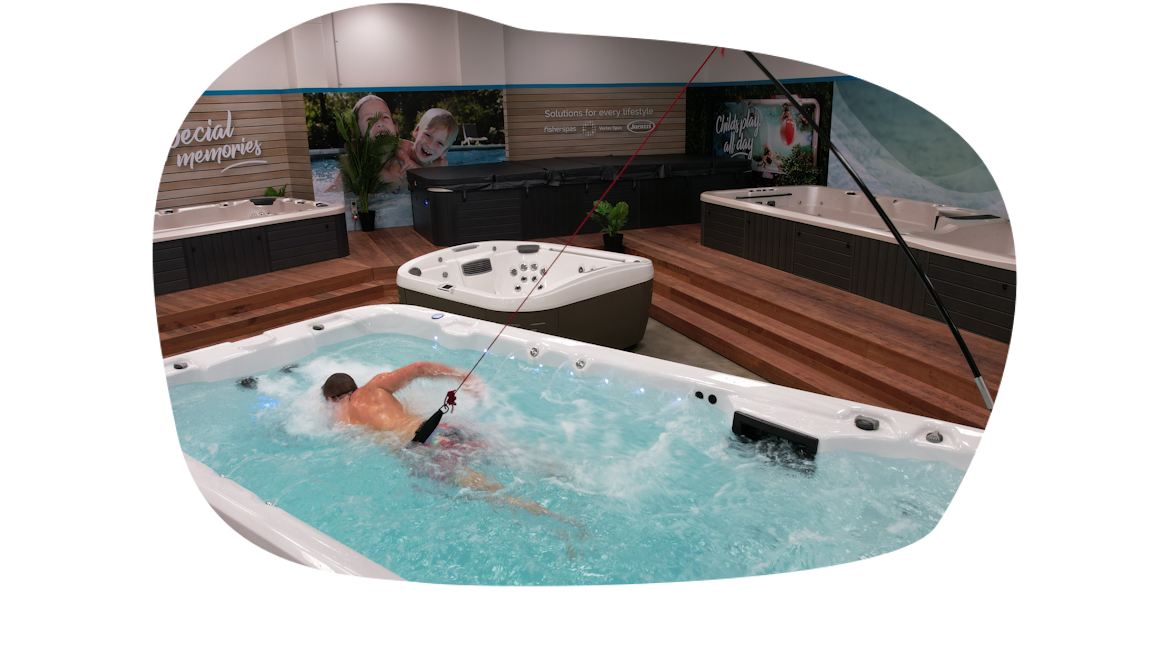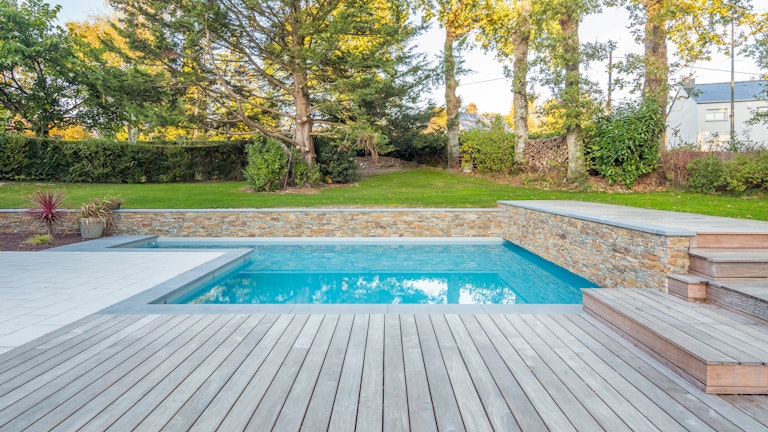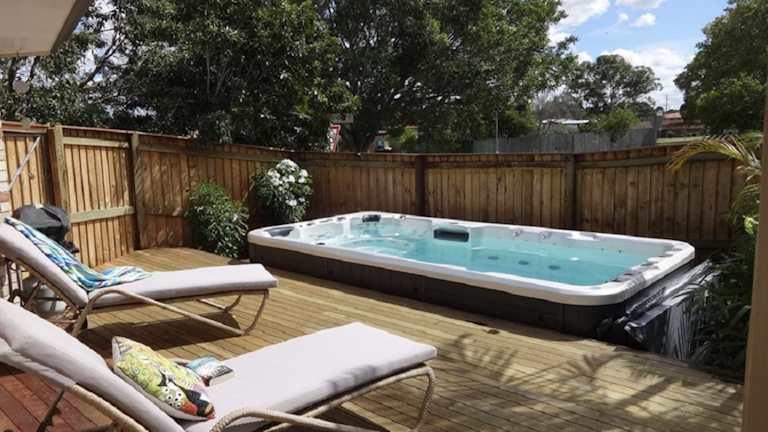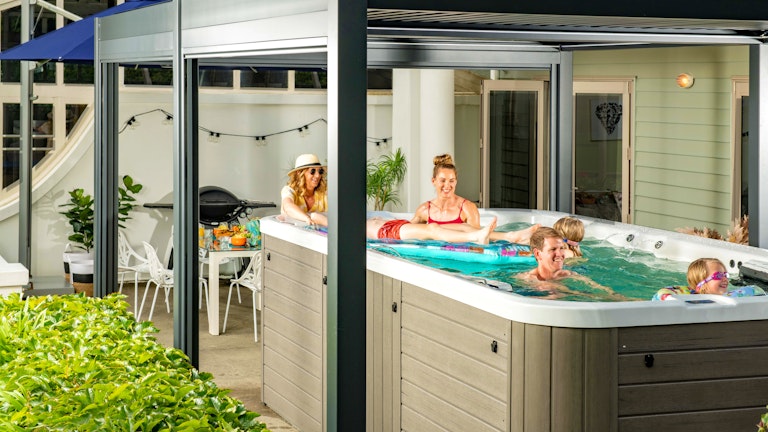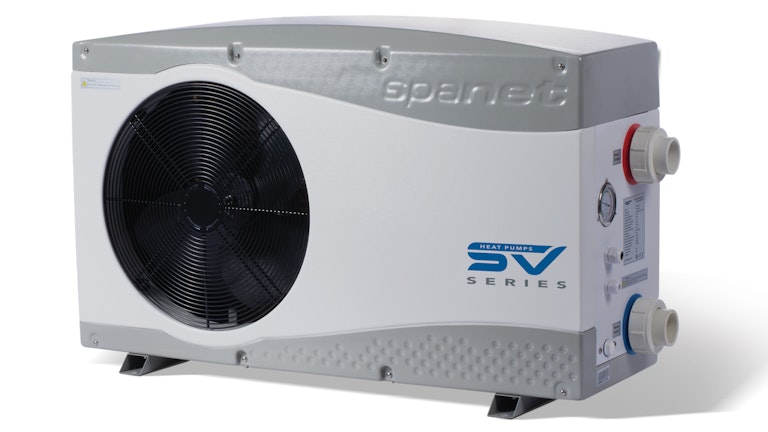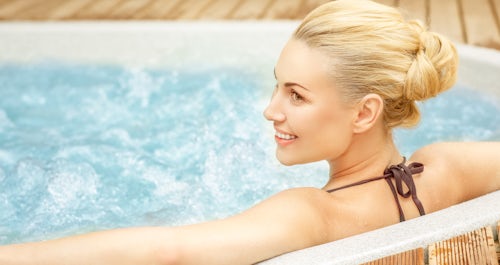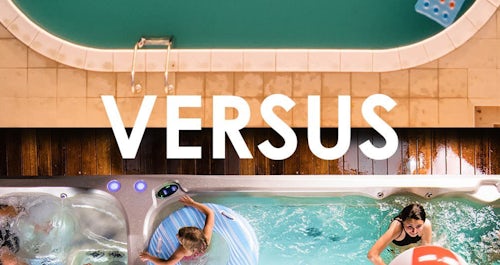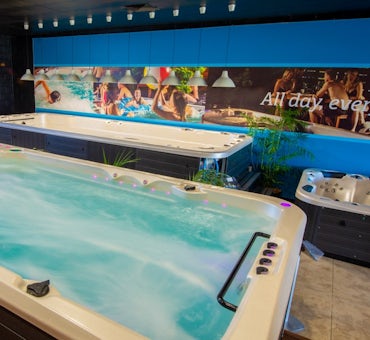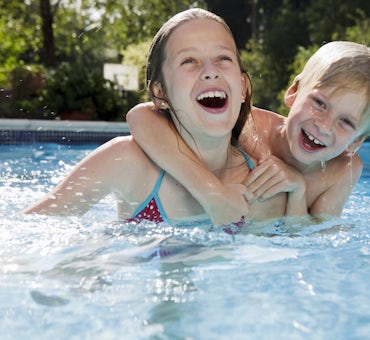What is a Plunge Pool? Pros, Cons & Costs Explained
Are you considering a plunge pool for your backyard? These compact pools are growing in popularity as a stylish and practical alternative to full-sized swimming pools. But are they worth it? How much do they cost?
In this guide, we cover:
- What a plunge pool is
- Different types of plunge pools
- Pros and cons of owning a plunge pool
- Heating and maintenance options
- Plunge pool costs and installation considerations
Let’s dive in!
